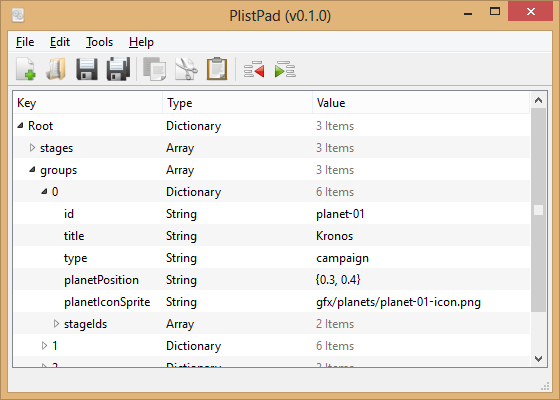

The system preferences actually used the defaults command to change the orientation property in. Try it now:ĭefaults write "" "orientation" 'left'ĭefaults write "" "orientation" 'bottom' The main command line tool for managing plist entries is defaults. Using macOS Commands to Manage Property List Files Finding a particular property for a particular application can be time consuming. Examples are: and .Ī typical macOS system has several hundred plist files each containing many key-value pairs. The file names take the form of a reversed domain name, an application name, and a. Property list files can be found in the directories /Library/Preferences and ~/Library/Preferences. For more information see “About Information Property List Files.” System tools can change property values to change the behavior of applications. Applications that need to access system resources, such as location services, will need to define a property that requests the required level of access. Xcode automatically sets important properties. Some properties are required by the operating system. The files are usually created in the Xcode IDE as part of application development. They take the form of a dictionary of key-value pairs stored as an XML document. What Is a Property List File?Īpplications running on macOS and iOS devices have one or more plist files.
#What is a plist file mac install
If you don’t already have Go installed on your computer, you will need to download and install Go. Let’s get started! Prerequisites to Building and Installing a Go Applicationįirst things first, you can only follow this article on a Mac computer, as plist is Mac-specific. Today, we are going to set up and use PlistWatch. The tool is written in Go, which requires Go specific knowledge to run it. There is, however, a little known tool called PlistWatch that enables changes to plist files to be monitored in real time.
#What is a plist file mac manual
It’s a manual and time-consuming process working with plist files. Although macOS does have utilities for reading and writing plist files, they are low level. The plist files are managed by the operating system.


In the Apple operating systems macOS and iOS, software applications store essential configuration data in an information property list (plist) files.


 0 kommentar(er)
0 kommentar(er)
